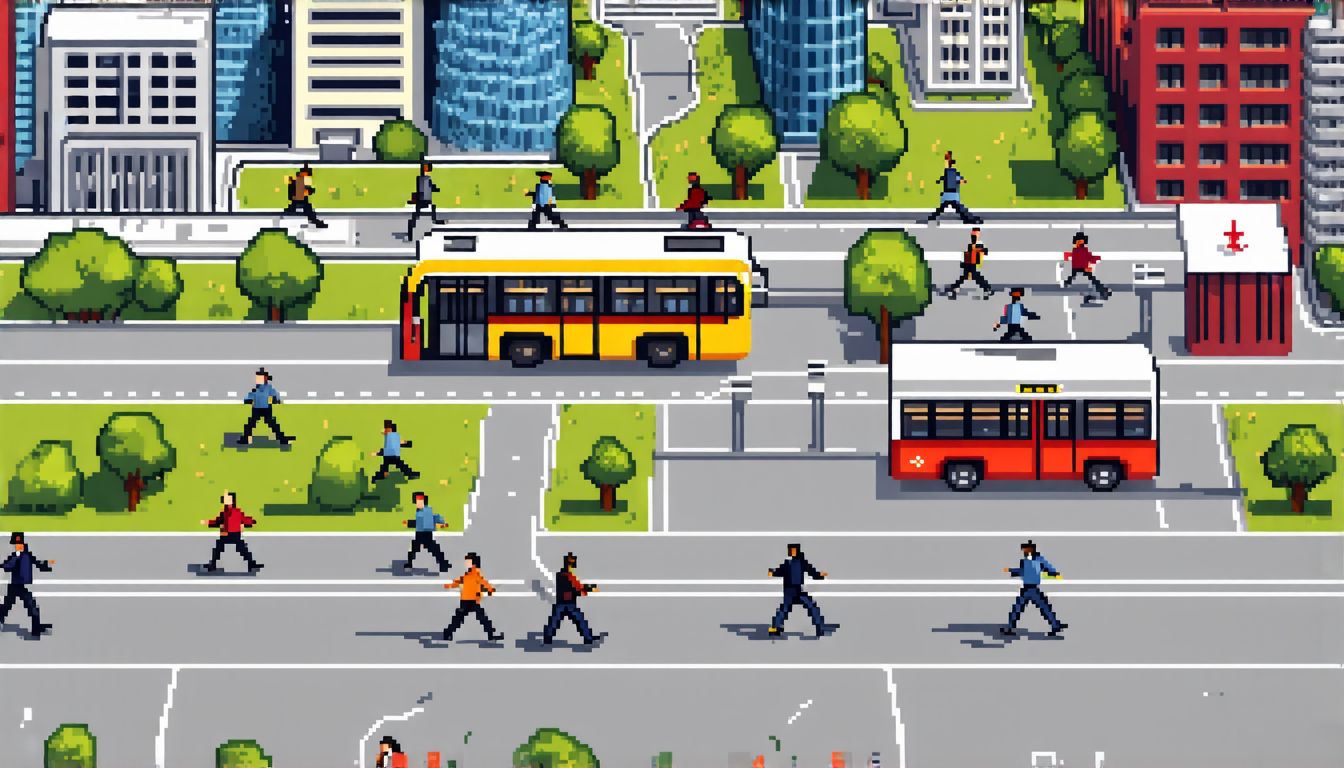Saturday 03 May 2025
For the first time, scientists have created a vast, synthetic dataset of human mobility patterns that can be used to simulate and analyze urban transportation systems worldwide. The dataset, called WorldMove, is unlike any other in its scope, scale, and level of detail.
WorldMove contains over 1,600 city-scale mobility trajectories, each consisting of millions of individual movements recorded at a high resolution. These trajectories capture the daily routines of people living in cities across six continents, from the bustling streets of Shanghai to the laid-back neighborhoods of Senegal.
The dataset was generated using a sophisticated diffusion-based model that simulates human movement patterns based on real-world data and urban characteristics such as population density, transportation infrastructure, and land use. The model was trained on a diverse set of sources, including publicly available mobility datasets, population estimates, and point-of-interest maps.
One of the key features of WorldMove is its ability to reproduce complex mobility patterns, from individual daily routines to city-scale commuting flows. By analyzing these patterns, researchers can gain valuable insights into how cities function and how they can be improved.
For example, WorldMove can help urban planners optimize public transportation systems by simulating the impact of different route networks and schedules on commuter behavior. It can also inform policy decisions about land use and zoning regulations by predicting how changes to urban environments might affect people’s daily routines.
Moreover, WorldMove has the potential to address pressing global challenges such as climate change and social inequality. By analyzing mobility patterns in relation to environmental factors like air pollution and green spaces, researchers can identify areas where urban design and policy interventions could have the greatest impact on reducing emissions and improving public health.
The dataset is also designed to be highly customizable, allowing users to generate synthetic mobility data for any city worldwide using a simple Python interface. This flexibility makes WorldMove an invaluable tool for researchers, policymakers, and urban planners seeking to develop more effective solutions to complex urban challenges.
In terms of privacy protection, the authors have implemented robust measures to ensure that individual user data is not identifiable or susceptible to leakage. The dataset has been evaluated through membership inference attacks, demonstrating its ability to protect personal information while still providing valuable insights into urban mobility patterns.
WorldMove marks a significant milestone in the development of synthetic datasets for human mobility research. Its potential applications are vast and varied, from optimizing transportation systems to addressing global challenges like climate change and social inequality.
Cite this article: “WorldMove: A Synthetic Dataset for Simulating and Analyzing Global Urban Mobility Patterns”, The Science Archive, 2025.
Urban Mobility, Synthetic Dataset, Human Movement Patterns, Transportation Systems, Urban Planning, Policy Decisions, Climate Change, Social Inequality, Air Pollution, Green Spaces.







